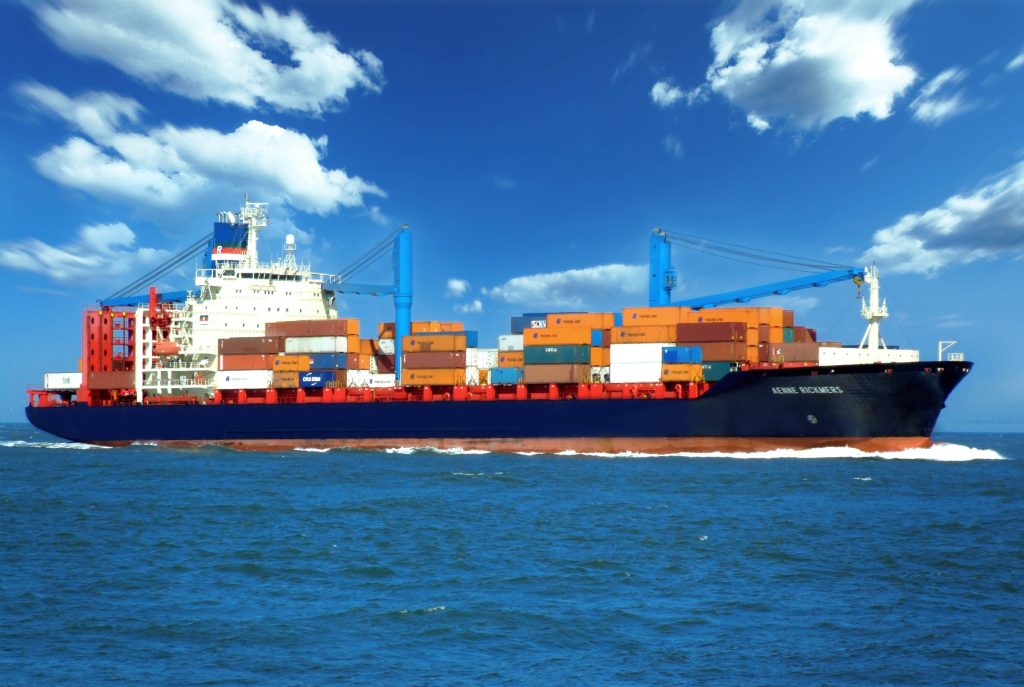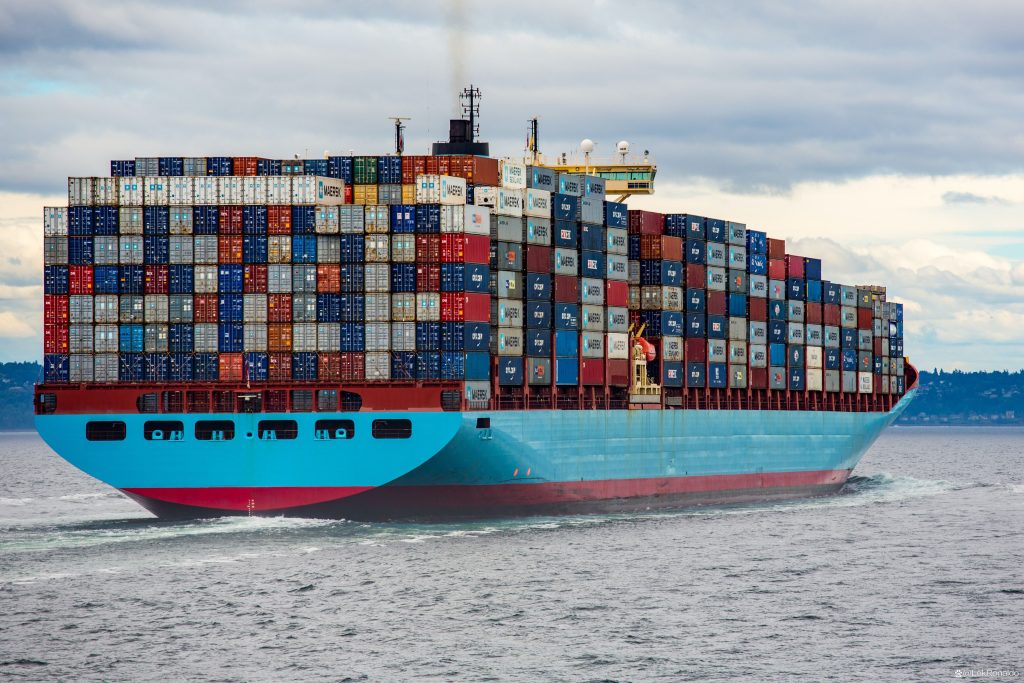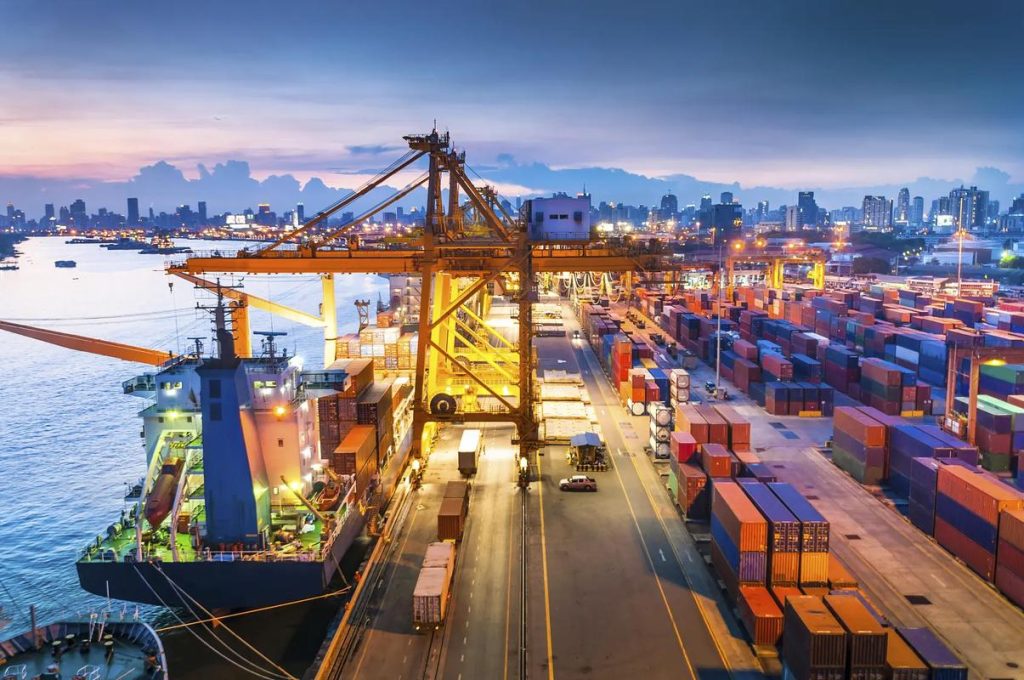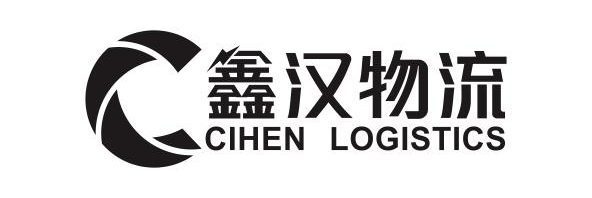


- The Role of China Freight Forwarders in Global Trade
China’s dominance in manufacturing and e-commerce drives demand for specialized freight forwarding services. These experts act as intermediaries between shippers and global markets, offering end-to-end solutions that include:
- Customs Clearance: Managing documentation, tariffs, and compliance with regulations like China’s AEO (Authorized Economic Operator) program.
- Transportation Coordination: Optimizing ocean, air, rail, and road freight for cost and speed.
- Risk Mitigation: Addressing geopolitical disruptions, port congestion, and trade policy changes.
Why Partner with a China Freight Forwarder?
- Regulatory Expertise: Navigating China’s export controls, dual-use goods approvals, and destination country customs requirements.
- Cost Efficiency: Leveraging economies of scale to reduce shipping costs by up to 25% through optimized routing and freight consolidation.
- Scalability: Adapting logistics strategies to fluctuating demand, seasonal peaks, and market expansions.
- Core Services Offered by China Freight Forwarders
A trusted freight forwarder provides tailored solutions for diverse industries and shipment types: Ocean Freight: The Backbone of Bulk Shipments
- Major Trade Lanes:
- Shanghai to Los Angeles: 14–18 days for electronics and machinery.
- Xiamen to Rotterdam: 20–25 days for automotive parts and industrial raw materials.
- Freight Consolidation: Reduce costs with LCL (Less than Container Load) options for smaller volumes.
- Port Diversification: Avoid congestion at Port of Shanghai by routing via Ningbo or Shenzhen. Air Freight: Speed for High-Value Goods
- Priority Routes:
- Guangzhou Baiyun to Frankfurt: 3–4 days for pharmaceuticals and perishables.
- Beijing Capital to Dubai: 5–6 days for electronics and luxury goods.
- Specialized Handling: Cold chain logistics for pharmaceuticals and compliance with IATA Dangerous Goods Regulations. Multimodal Solutions: Bridging Land and Sea
- Sea-Rail Intermodal: Combine ocean freight to Tianjin Port with rail services to Europe via the China-Europe Railway Express.
- Cross-Border Trucking: Seamless transshipment from Chinese ports to neighboring countries like Vietnam or Kazakhstan.
- Overcoming Key Challenges in China Freight Forwarding
Customs Compliance
- Documentation Accuracy: Ensure correct HS codes, certificates of origin, and phytosanitary certificates to avoid delays.
- AI-Driven Tools: Automate customs declarations using platforms like Flexport’s Control Tower, reducing errors by 40%. Infrastructure Bottlenecks
- Port Congestion: Monitor real-time data on Port of Shanghai’s dwell times (average 48 hours) and reroute via secondary ports.
- Last-Mile Delivery: Partner with local 3PLs for efficient inland distribution in cities like Chengdu or Chongqing. Trade Policy Risks
- Anti-Dumping Duties: Mitigate risks for steel and aluminum exports via certificates of origin and bonded warehousing.
- Sanctions Compliance: Screen shipments against U.S. OFAC and EU embargoes using blockchain-based verification tools.
- Technology-Driven Innovations in China Freight Forwarding
AI and Big Data
- Predictive Analytics: Forecast port delays, fuel costs, and route optimization using machine learning models.
- Dynamic Pricing Engines: Adjust freight rates in real-time based on fuel prices, currency fluctuations, and demand spikes. Blockchain for Transparency
- Smart Contracts: Automate duty payments and document releases upon blockchain-verified customs approval.
- Immutable Tracking: IBM TradeLens provides end-to-end visibility from Chinese factories to global warehouses. Sustainability Initiatives
- Carbon-Neutral Shipping: Opt for biofuel-powered flights or carbon-offset programs to align with ESG goals.
- Eco-Friendly Packaging: Reduce waste with recyclable materials and optimize container utilization.
- How to Choose the Right China Freight Forwarder
Selecting a partner requires evaluating their technical capabilities, industry expertise, and global reach: Experience in Your Industry
- Verify expertise in handling niche goods (e.g., medical equipment, lithium batteries) and sectors like e-commerce or heavy machinery. Technology Integration
- Ensure TMS (Transportation Management Systems) offer APIs for ERP integration and real-time analytics. Network Reach
- Prioritize forwarders with partnerships in key hubs like Shanghai, Shenzhen, and Los Angeles, plus local agents in target markets.
- Future Trends Shaping China Freight Forwarding
- Digitalization: Adoption of AI-powered customs clearance platforms and autonomous cargo drones.
- Green Logistics: Stricter emissions regulations driving demand for sustainable shipping options.
- Resilience Planning: Diversification of trade routes to mitigate risks from geopolitical tensions or natural disasters.
Conclusion
China freight forwarding is indispensable for businesses aiming to thrive in global markets. By partnering with experts who combine regulatory mastery, cutting-edge technology, and multimodal expertise, companies can reduce costs by 20–30%, accelerate delivery times, and mitigate risks in this dynamic environment.
Optimize Your Global Logistics Strategy Today
Contact our team to design a tailored solution that aligns with your goals—delivering goods faster, smarter, and more sustainably.
